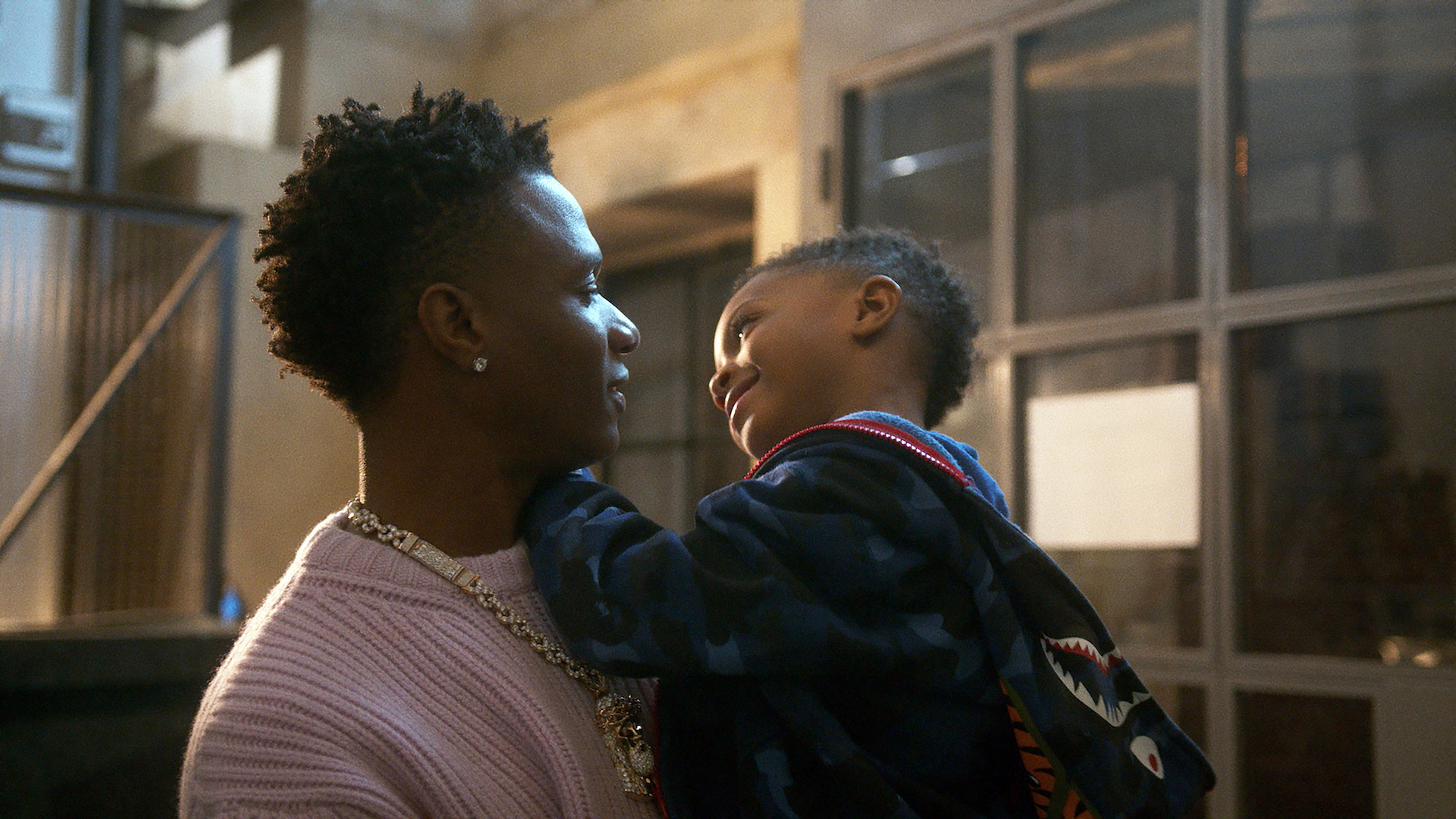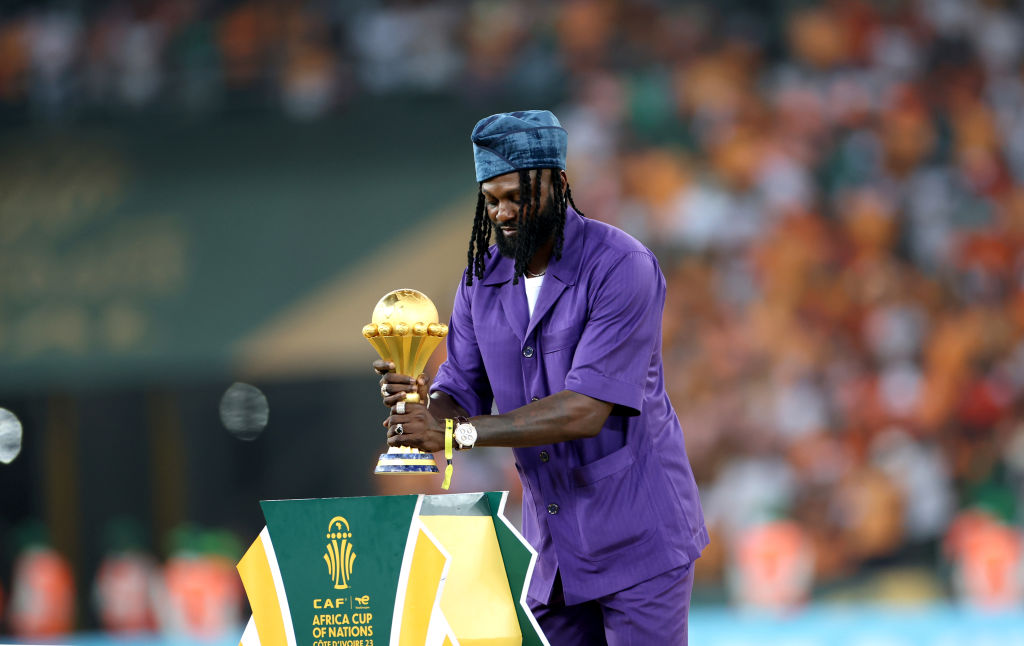
The real-life inspiration behind Special Ops: Lioness
In Special Ops: Lioness Season 1, senior CIA operative Kaitlyn Meade – played by series co-producer Nicole Kidman, who teamed up with Yellowstone, 1883 and 1923’s Taylor Sheridan to create the show – heads up the Lioness programme, which assigns female operatives to go undercover on missions in the United States' “War on Terror”.

Kaitlyn’s Head of Operations, Joe (Zoe Saldaña), recruits and trains women like Marine Cruz Manuelos (Laysla De Oliveira) to infiltrate global terrorist organisations like ISIS and eliminate key targets. They’ll operate in areas where, as women, their presence will be dismissed as unimportant. Further turning this drawback to their advantage, local cultural dress codes will make them relatively difficult to identify.
It’s a job only for the bravest and most cunning. The Lioness operatives risk torture and execution if they’re compromised before Joe’s Quick Response Team (QRT) can extract them. To make sure they can survive the pressure, they’ll start off by undergoing S.E.R.E. (Survive, evade, resist, escape) training, during which they’ll be stripped naked, physically assessed, tortured, and beaten to breaking point by their own military. Because even if they are never caught, the Lionesses have to stay mentally strong. They’re setting out to manipulate other women using friendship – only to betray their trust when they strike their targets and leave their “friends” to suffer the deadly consequences.
Binge Special Ops: Lioness Season 1 on Showmax now.
The real-life inspiration

The Lioness programme in the series gets its cool name from the real-life Marine Corps’ Lioness Task Force. But how they operate was inspired more by the FETs (Female Engagement Teams, which were first used in Afghanistan).
Lionesses

The Lioness programme used female Marines at checkpoints in Iraq and Afghanistan to physically search women, and capture those participating in carrying out terrorist attacks or supplying terrorist cells – since male Marines couldn’t make any contact with female civilians in either country without offending Middle Eastern cultural and religious sensitivities. In a war without a fixed front line, more terrorist organisations turned to using women to attack targets for exactly that reason.
The Lionesses searched women in a separate area and would also remove their protective headgear and goggles to reveal a female face, and, in some cases, the use of a head scarf, both of which gained goodwill and reassured the women being searched. During their operations the Lionesses searched nearly 100 women a day, and found everything from men disguised as women, to weapons, to photographs of US Military locations. They also flagged anyone carrying currency to the value of more than $5 000, and propaganda materials.
Lioness training

While Special Ops: Lioness shows a Lioness undergoing SERE training, in real life, the Lionesses’ training took five to 10 days and was more practically oriented. Training included:
- Adjusting and personalising their weapons’ sights
- Shooting range training with a selection of weapons
- Techniques for searching women
- Culture and language training and protocols for working with interpreters
- Training for dealing with explosive devices
- Responding to escalating force
- A refresher of the Marine Corps martial arts programme (MCMAP) focussed on take-down techniques
- Instruction on UN-regulated rules of engagement covering legal and ethical behaviour in war
- Training in detention
- Intelligence gathering training
- Briefs on current threats in the area of operation
After training, Lioness teams of four to five women were sent to support a ground combat unit for 30 days. They generally worked in pairs with one person searching and the other acting as her “guardian angel”, providing her security. The Lionesses also trained local women to conduct searches at US-run checkpoints (for example the Sisters of Fallujah), and worked with female Iraqi police officers to allow them to take over checkpoints and conduct search and screening process, resenting a more familiar, legitimate face at checkpoints, and further reducing the appearance of US hostility.
FET: More than a Lioness
The specialists whose tasks are closer to what we see in Special Ops: Lioness Season 1 were the FETs. After debriefing several women who’d worked in the Lioness programme, Lt Col Julie Nethercot (Commanding Officer of 9th Communications Battalion) realised that FET teams needed more advanced training. She set up a four-month schedule ending with a 30-day combined arms training exercise to mimic what they would encounter in the field.
Their training included:
- Local languages, culture
- MCMAP (Marine corps martial arts)
- Experience on multiple live fire ranges
- Combat life saving
- Basic patrolling
- Radio procedures
- Tracking
- Casualty evacuation procedures
- Improvised explosive device (IED)-searching techniques for vehicles and people
- Working with an interpreter
- Leadership
- Civil military operations
- Media training
The FET's main role was to de-escalate conflict, and to create goodwill and stable connections with local population groups. Their mission would include befriending local women by setting up medical clinics, distributing school supplies and household items, and occasionally providing information to women whose male family members had been detained by the US military. This allowed the US to slowly gather information on developments within terrorist cells, isolate terrorist groups, reduce local support, and cut them off from supplies and allies.
Aside from creating a more secure operating field for the US military, feedback from the Lionesses and FET teams also vastly improved understanding of local populations. Their reports broke down stereotypes the military had formed about local responses to their presence, and about the role that women played and the power that they held in local societies, particularly in Afghanistan.
Secret locations

The Lionesses aren’t the only ones undercover. Some places aren’t where they appear to be. Special Ops: Lioness Season 1 shot its Washington DC locations in Baltimore. Episode 1’s ISIS compound scenes were shot in Marrakesh (Morocco). Marrakesh’s new Q Street shopping district also stood in for Kuwait City. The wedding sequences were filmed at an oceanside mansion in Mallorca (Spain). The series built additional sets in Mallorca, including their White House Cabinet Room. And scenes set in The Hamptons were shot at Delaware’s Rehoboth Beach.
Binge Special Ops: Lioness Season 1 on Showmax now.
Enjoy more action series on Showmax.
More like this

Star Trek: Strange New Worlds S3
Venture into the unknown with Captain Pike, Spock, Number One and the USS Enterprise crew a decade before Captain Kirk's legendary five-year mission.

Destination X S1
Ten contestants embark on a mysterious road trip, aboard a blacked-out bus, and must complete challenges, earn clues and try to locate Destination X.

Mission: Impossible – The Final Reckoning’s South African stunts
Tom Cruise, director Christopher McQuarrie, and Durban-born stunt co-ordinator Wade Eastwood unpack the Mission: Impossible – The Final Reckoning’s death-defying biplane stunts.

Mission: Impossible – The Final Reckoning (2025)
The spy escapades of Ethan Hunt and the IMF come to an end. They must stop a rogue AI called The Entity before it destroys the world.

Law & Order Toronto: Criminal Intent S1-2
This spin-off of the hit crime drama franchise follows an elite squad investigating corruption and high-level white-collar crime in Greater Toronto.

Happy’s Place S1
Bobbie inherits her father's restaurant and is shocked to discover that she has a new business partner in the half-sister she never knew she had.

Married to Medicine: Atlanta S12
The women of Married to Medicine face unprecedented times as their lives are turned upside down when the pandemic hits.

Lockerbie: A Search For Truth S1
After losing his daughter in the bombing of Pan Am Flight 103, Dr Jim Swire begins a quest for truth.
Iyanu: The Age of Wonders, coming soon
BBNaija S10 on Showmax
More binge-worthy series to stream

Star Trek: Strange New Worlds S3
Venture into the unknown with Captain Pike, Spock, Number One and the USS Enterprise crew a decade before Captain Kirk's legendary five-year mission.

Maria (2024)
In this biopic. Maria Callas, the world's greatest opera singer, confronts her identity as she lives the last days of her life in 1970s Paris.

Wizkid: Long Live Lagos (2025)
This intimate and uplifting documentary explores Grammy-winning Nigerian artist Wizkid's rise to superstardom as one of the biggest Afrobeats artists.

Dear Santa (2024)
When a boy mistakenly writes to Satan instead of Santa Claus, he summons the devil (Jack Black), who offers him three wishes for his soul.
Latest Stories

What to watch on Showmax in Ghana in December 2025

From Poverty to Purpose: The Redemption of Emmanuel Adebayor: Why Saving Lives Trumps Scoring Goals

Christall on The Ultimate Girls Trip, Evodia and more

Manchester City vs Liverpool: The Rivalry Reignites

What to watch on Showmax in Ghana in November 2025

10 fun things to watch on World Animation Day

Annie Mthembu opens up about The Real Housewives Ultimate Girls Trip Africa

Can LFC rediscover the form that saw them crowned champions?

Conor Bradley on Liverpool's difficult run and the path back

Must-watch trailer: The Real Housewives Ultimate Girls Trip: Africa

Creating The Lord of the Rings: The War of the Rohirrim

From The Office to The Paper

Dexter's deadly to-do list in Dexter: Resurrection

Bafana Bafana composed for Durban showdown against Zimbabwe

Arsenal and Liverpool early front-runners ahead of Premier League international break

Inside spy movie Black Bag

The Premier League canvas: a Saturday masterpiece painted in blue and red

BBNaija 10/10: Road to finale

The clash of the new number 9s: Gyökeres vs Woltemade

June Squibb wins Best Actress award at age 95 for Thelma

Red vs Blue: Showmax Premier League serves up a blockbuster weekend

Blockbuster Premier League weekend: Red vs Blue

Gerard Butler and O’Shea Jackson Jr chat about Den of Thieves 2: Pantera

From doubt to dynamo: Micky van de Ven's rise at Tottenham





